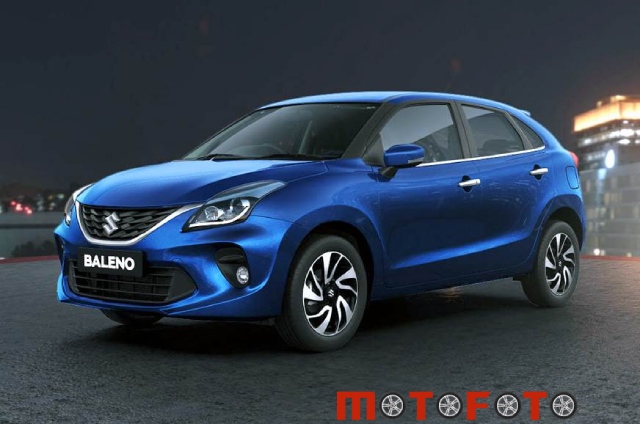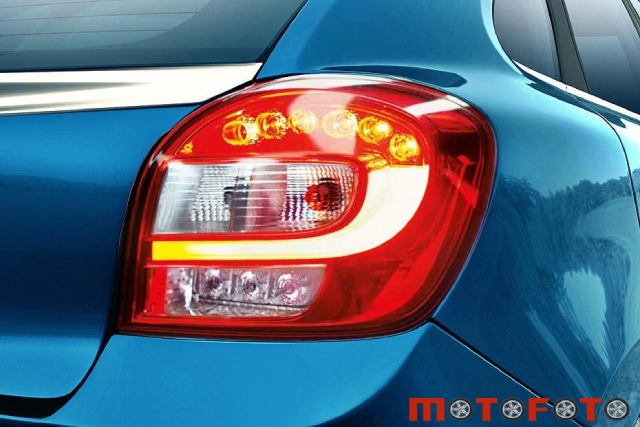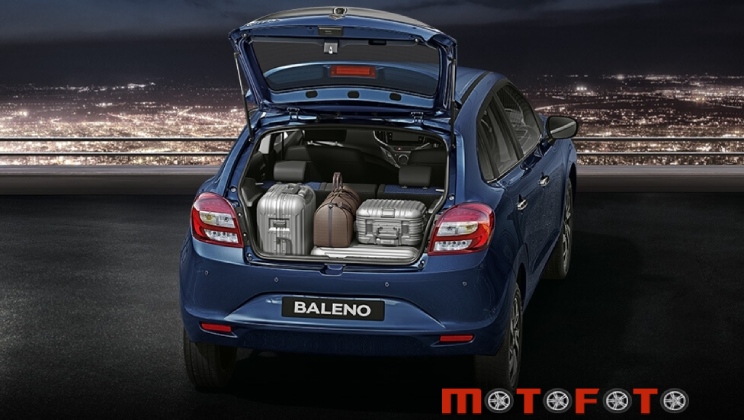Maruti Suzuki Baleno, one of India’s most important manufacturing businesses, has been quiet after their rivals are busy introducing new models to the market. According to reports, Maruti can launch the facelift version of the Baleno hatchback shortly. It has already been spied testing on Indian roads in the recent past. Surprisingly, there have been various discoveries and changes seen that may amaze people.

If you are searching for an automobile under Rs 10 Lakh and wears a Maruti Suzuki Baleno in your badge, it is destined to succeed. However, the Baleno is essential to Maruti for different reasons. It is their first step into the premium hatchback segment that is dominated by Hyundai’s elegant i20.
The Baleno is the second model to be oversubscribed out of the additional premium Nexa Group of dealerships.
Design and Exterior
Dominating the front-end styling is the formed grille, which is flanked by projector headlamps that feature daytime-running LEDs as a part of the highest Alpha trim. however, the headlamps that are loved by the previous Swift look a little small compared to the remainder of the body
It is from the rear that the Baleno appears the most engaging. The short boot lid, carved bumper and powerful shoulder bulges lend it plenty of character.

However, Maruti designers went overboard with some features on the Baleno. This can be seen on the front wheel arches with large bulges that build the Baleno look too significant once seen in profile. Even the massive chrome strip running across the boot appears over the highest.
The Maruti Suzuki Baleno relies on the all-new Suzuki platform, and also the primary target for the engineers was to stay body mass as minimum as potential. As a result, even the loaded Alpha trim weighs simply 910kg within the gasoline CVT trim and the Alpha diesel super scales at 985kg. This was achieved by victimizing high-tensile steel and different fashionable ways.
Therefore, the Suzuki engineers were obsessed with lightness over torsional rigidity that is a smaller amount than the Swift. The Baleno could be a massive automobile with a 2520mm distance.
Length could be under four meters and 1745mm wide. To put things into perspective, the Baleno is 40mm longer and 51mm wider than the Honda Jazz, which was thought to be an enormous hatchback.
Interiors
Unlike the trendy exterior, the cabin has been changed. The dashboard, though minimalistic, is well titled, with the massive touchscreen infotainment system dominating proceedings. The only variant that the automated car comes with is the Delta trim. It gets a standard music system, which appears to be a little more basic. The screen itself is crisp and exudes quality.

Thanks to the large exterior, the spacious cabin does not come back as a surprise. The front seats are huge, confirming and have a lot of leg space due to the height-adjustable driver seat and the steering that adjusts for reach and rake. But, if you want the sense of a cabin, there is no place just like the rear.
The headroom is not equally generous, though, due to the inclined roofline. The bench itself is comfortable with wonderfully angular support. On the drawback, the seat headrest is a bit too short and also, the bench is flat, which does not provide enough lateral support.
There are many storage areas within the cabin within multiple comfortable holes; however, the glove box is tiny. The boot at 339litres is enormous. However, the lid gap is high and slim, which makes significant loading baggage a shoulder straining affair.
The Baleno comes equipped with a touchscreen infotainment system with Apple Car Play navigation and a music system. Except for this, the Baleno gets all the features like automatic go, motor vehicle headlamps, climate management, reverse camera with sensors, daytime running lamps and a trip pc with a color screen on the instrumentation.
Maruti sets a brand new benchmark by giving two airbags and ABS as standard across the range in terms of safety.
Engine
The Baleno petrol automatic is power-driven by a 1.2 unit motor that is nice for 83 bhp and 115 Nm of Torque. It takes 13.3 seconds to achieve 100kph, and also the roll-on sprint from 20-80kmph is sent during 7.41 seconds.
The diesel Baleno, on the other hand, is power-driven by the 1248cc 74bhp engine. Twist the key, and also, the engine settles into a sleek albeit slightly perceptible idle. As there is no replacement for displacement, you will discover a small amount of hesitation at low revs from the little capability motor. However, the Baleno delivers power quite swimmingly once the turbo comes on.
Price and Fuel Economy
In terms of fuel potency, the Baleno’s lightweight includes a huge role to play. The petrol motor vehicle managed a spectacular 11.9kpl whereas out on the route it managed an excellent 16.8kpl.
The 1.3-litre diesel, on the opposite hand, was expectedly far more economical. It came back 14.2kpl within the town and 19.6kpl on the route. Once you consider the diesel’s overall 15.5kpl, it provides an incredible range of around 575km before you would like to refuel your 37-litre tank.
Maruti has priced the Baleno with Rs 4.99 lakh for petrol model and Rs 8.11 lakh for the diesel Alpha variant. It is marginally more expensive than the Hyundai I20, and about Rs 40-50 lakhs cheaper than that of the Honda Jazz.
Conclusion
In case you have any queries or want to Buy used cars in Gurgaon, you can contact Motofoto and they will guide you regarding the same.



